If You Want To Be Productive, Beware Of These 5 Distractions
Distractions in the digital world spring up like mushrooms after the rain. The biggest is having too many meetings. And there are four more that block a productive and balanced life. If you know them, you are better equipped for dealing with them.
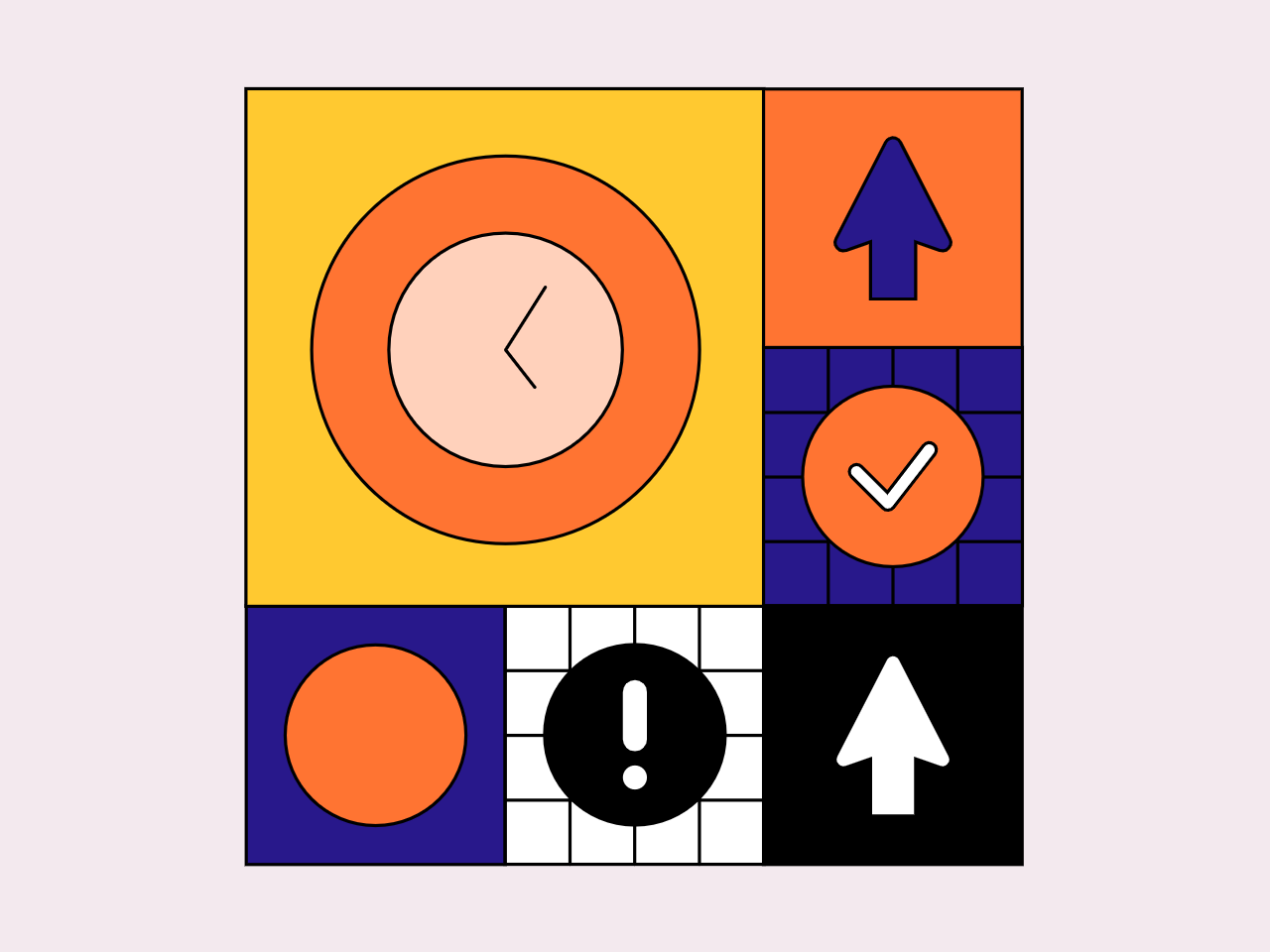
Unlike the art of war which is built around 5 factors (from moral law to method and discipline), the art of achievement is determined by one, and it is focused work.
Those who are capable of staying on track without losing concentration, are guaranteed to achieve a goal they set.
Then, a loss of focus seems like the only obstacle for achievers, and it raises the question of what makes us lose focus. The answer is simple and straightforward.
Due to instant access to non-work content, we easily land in the world of digital temptations where probable interruptions are infinite but there are 5 major distractions we are mostly challenged with.
They are standing in the way of doing what you love. Moreover, they create focus traps, which sap energy and cause decreased productivity.
Meetings
The positive impact of reducing the meetings proves to bring engagement, autonomy, satisfaction, productivity, and cooperation up while stress, digital fatigue, and micromanagement down.
The Backstory
Meeting madness started long before the pandemic but a shift to remote work in response to social distance made meetings spike.
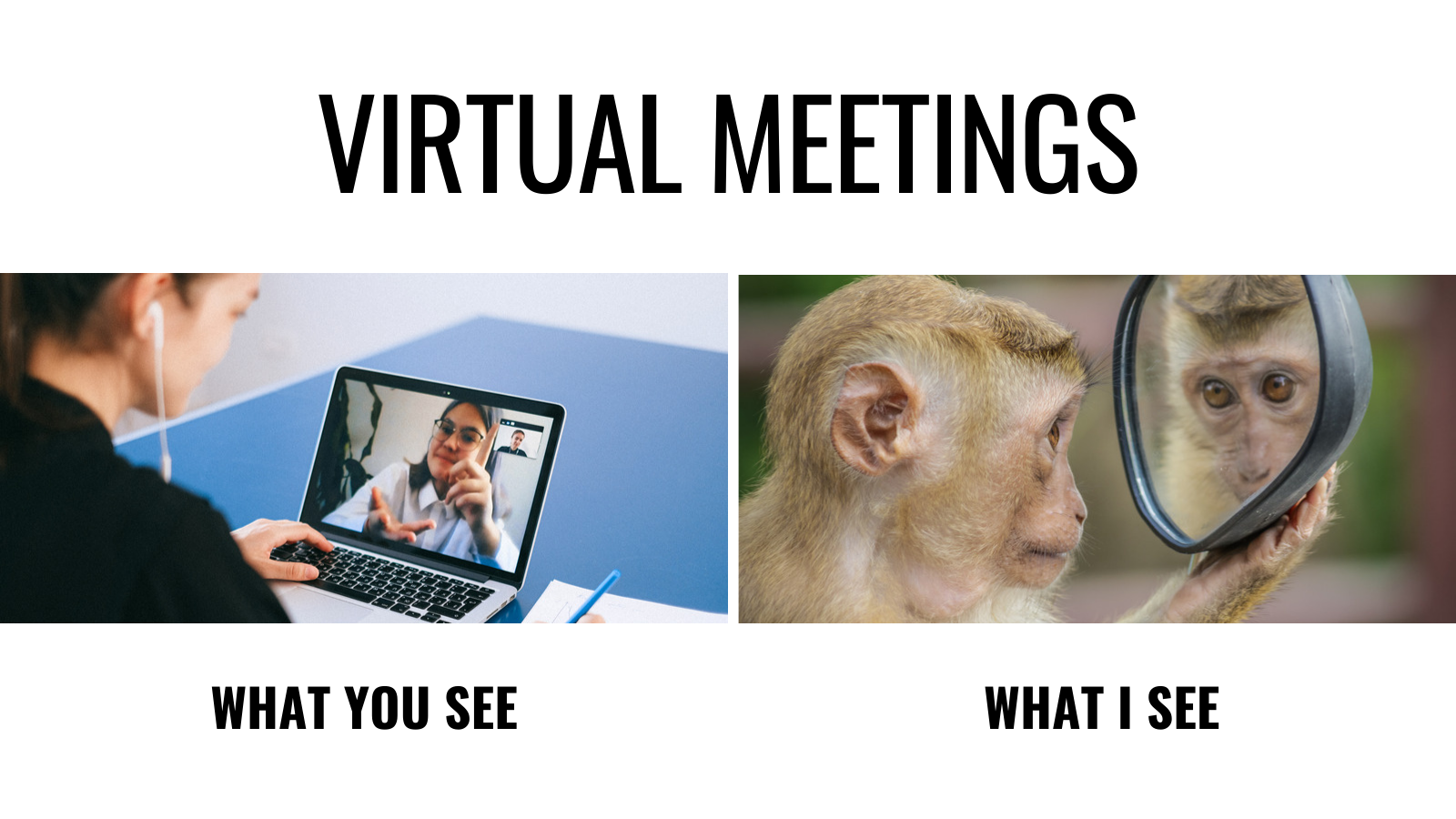
Since then, shocking stats show disturbing tendencies in meeting management.
Meetings became time-consuming (mid-managers can spend over 35% of their working time in meetings) and unproductive due to issues with partakers' engagement.
Hence, unless controlled, distracting meetings will be leading to more pressure.
How to prevent distracting meetings
Choose controlled spontaneity. Meetings should be well-planned. Ensure that meeting participants have a clear written agenda in advance. (it works for both video and audio-based meetings).
Eliminating lengthy meetings is a must-to-build strategy for individuals and businesses because the golden rule of virtual meetings goes like this: 'The spontaneous leads to the unproductive.'
Prioritize asynchronous communication. Choose asynchronous collaboration tools for adjusting to the approved schedule rather than stretching your workday and risking the loss of control over daily agendas.
Following these basic tips, you will make most of your meetings and beat distractions when managing your schedule.
Looking for technological support would be wise too because meeting software is a time-tested agent of change. There are plenty of apps (Meetric, Hubspot, Calendly, Around, Loom, Kalendar, to name a few) that can help reduce distractions and take control of meeting time.
Their functionality includes options for addressing such common issues as a lack of preparation, unclear agenda, faulty feedback, and mismanagement of time resources by making meetings time-friendly, deeply engaging, and purposeful.
Screen Time Out of Control
If you're like many people, smartphones accompany you from early morning to late evening resulting in problems associated with a sedentary lifestyle, from a decrease in focus to sleep disruptions).
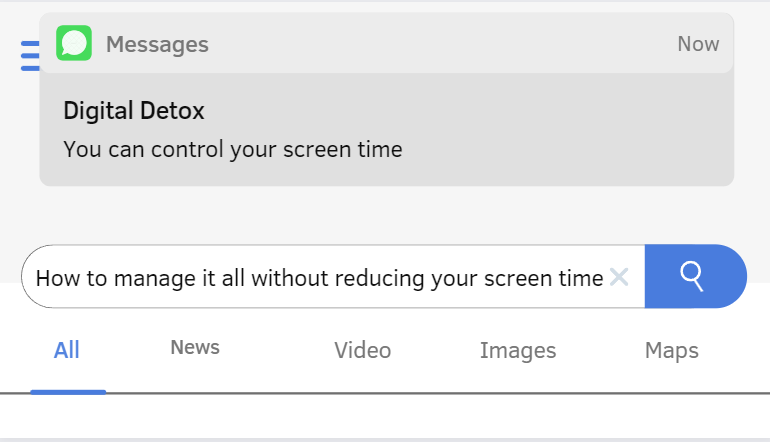
The Backstory
Marc Andreessen predicted the omnipresence of software in 2011.
At present, Americans spend 11 hours weekly on their social media. The boundary between online and offline blurred and online availability became a requirement.
As Cal Newport famously noted:
People don’t succumb to screens because they’re lazy, but instead because billions of dollars have been invested to make this outcome inevitable.
The light of screens acts as a circadian disruptor. Aside from the fact that overstimulation across a 24-hour time span may result in burnout and mental fog, uncontrollable screen time makes a bad impact on habit-building making feeling distracted a norm.
In a piece devoted to understanding changes in time perception by humans in the digital environment, there is a vivid description of what time is when we are shifting to online mode:
...a soup of digital time in which timecodes persist as a way of organizing an endless flow of information, rather than referring us back to a world outside of the screen.
How to take control of your screen time
Calculate. Since you cannot improve what you cannot measure, the first step is to track the time you spend online.
It will help get an accurate and unbiased picture of time consumption by bringing the results of calculations to the table.
Your habits are your foes or your allies. The next step is to organize the digital environment so that it did not take advantage of your time. With apps like (Not Boring) Habits, habit-building can get easier.
It may require a total reshaping of the habits that define our relations with devices.
In either case, placing your phone elsewhere when performing focus-demanding tasks always works best.
Practise self-compassion. Self-compassion and self-encouragement are essential. Remember that getting control over your screen time may be hard but not impossible.
Notifications
With the advent of social media, we are facing a diminished level of social interaction. It translated into an unbelievable level of screen pollution.
Visually and audio-empowered notifications pile up and turn into the waterfall of information that you are forced to react to.
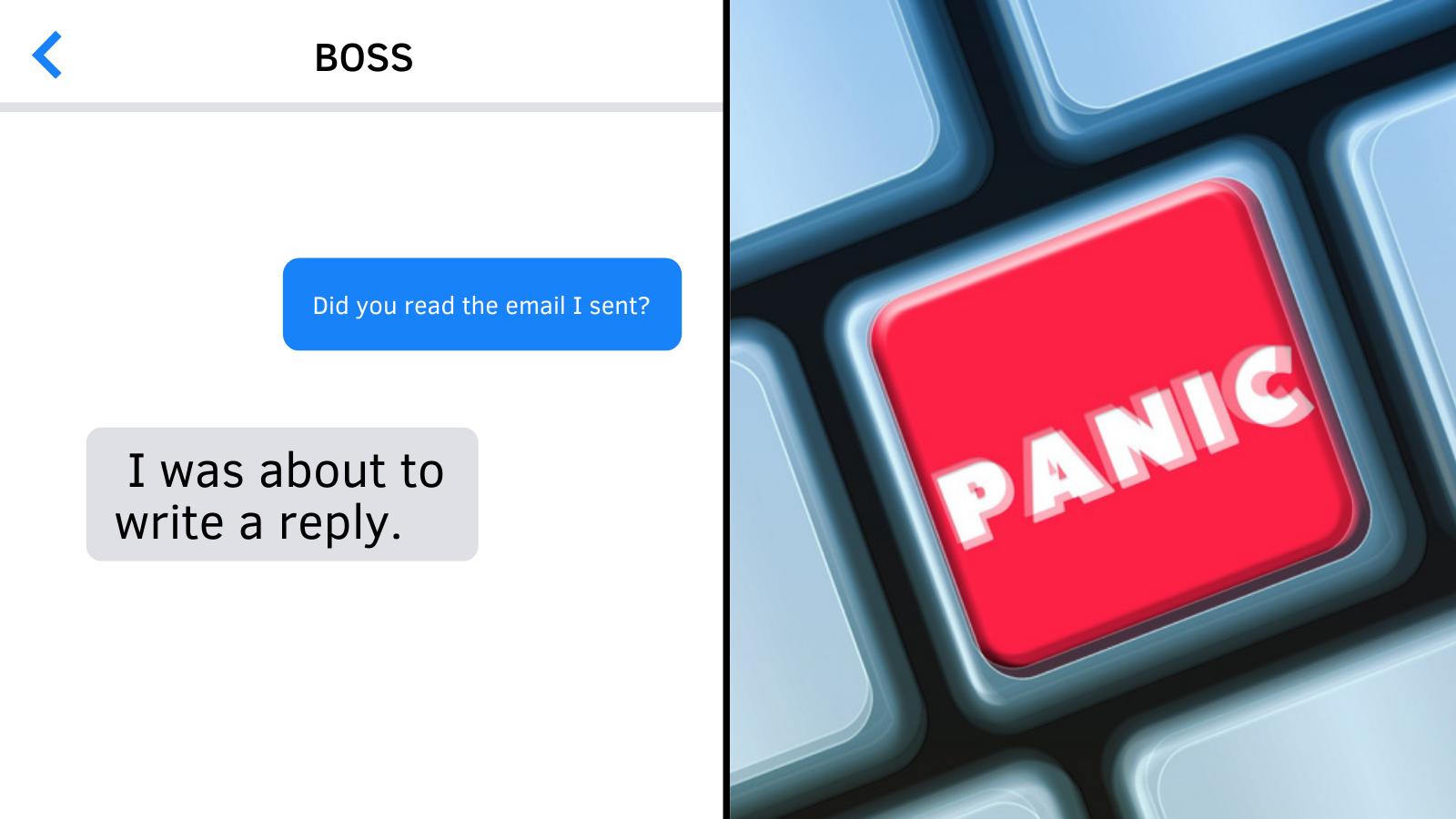
The Backstory
To put it simply, we live in a world that is constantly distracting us with pings and buzzes.
They demand our attention at such an unprecedented level that it required the special term 'attention economy' for the definition of complicated relationships between humans in virtual communication environments.
Why are notifications a major distraction? Even though they seem irrelevant to you, checking them gives you a habit of doing so.
The purpose of numerous notifications on social media and other services is to encourage you to check your notifications regularly. Most of such notifications are false alerts that intentionally distract your attention.
How to make notifications zero-distracting
Allot time. Make a habit to reply to text messages at the allotted time (for instance, after the workday is over).
Prioritize your time. Remember that in most cases, notifications are updates on someone else's priorities, not yours.
Check settings. You are likely to have apps and websites you don’t want to see notifications from. Muting appears to resonate in many pockets of productive work environments.
Remove FOMO in favor of JOMO. For the sake of mental health, change the fear of missing out for the joy of missing out. And do not be shy about using Do not disturb status.
Information Overload
The impact of information overload is wide-reaching and can affect negatively both business and personal productivity.
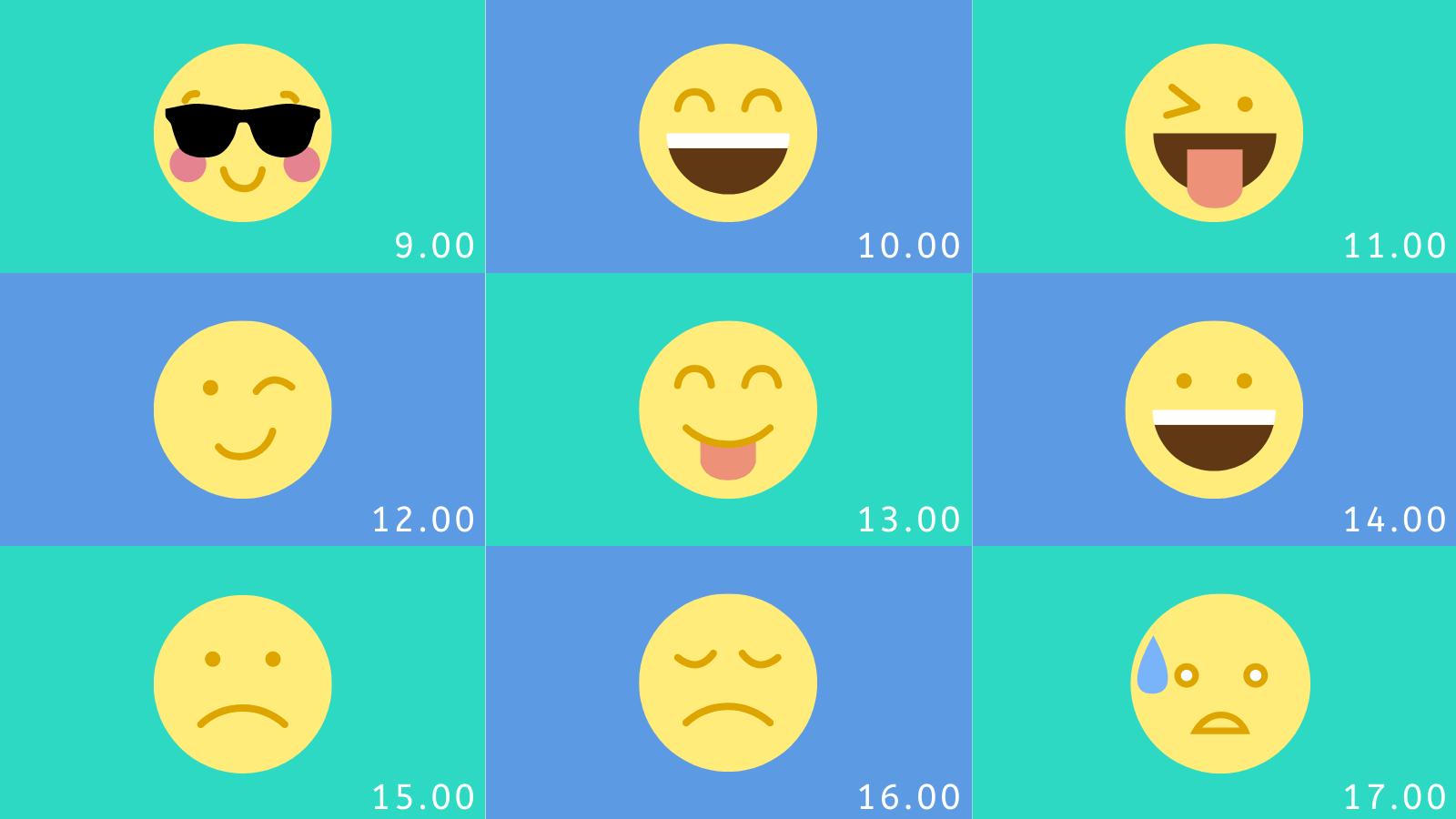
The Backstory
Tech was intended to integrate into organizational activities for the purpose of easing the burden of admin and recurring tasks.
But the constant bombardment of unwanted information caused detrimental consequences, especially for the ability to concentrate among knowledge workers:
Knowledge workers face many challenges in the workplace: work is fragmented, disruptions are constant, tasks are complex, and work hours can be long. These challenges can affect knowledge workers’ stress, focus and awakeness...
How to stop information overload
Exercise brain dump. Aside from 'untangling' ideas that are in need of processing, it will release chaotic thoughts and may assist in tapping into a creative vision.
Learn mental models of decision-making. Since information and choice overload leads to decision fatigue, it is advisable to learn more about mental models of decision making.
It will also help avoid the tyranny of small decisions and expand your cognitive horizon and help think in probabilities versus absolutes when analyzing the available information.
Practice the' good enough' rule. The risks of losing time in search for perfection are high. Hence, identifying a “good enough” state will be the point of alignment with the requirements of a productive environment and escape from being cognitively captured.
Use technological solutions. Using tools that automate mental effort whiteboarding activity is one of the examples) can bring solutions for the elimination of distractions.
Unstructured Work
Unstructured work can cause a feeling of ranty and disorganized days, which in the long run signals one thing: you need to fix the system of work.
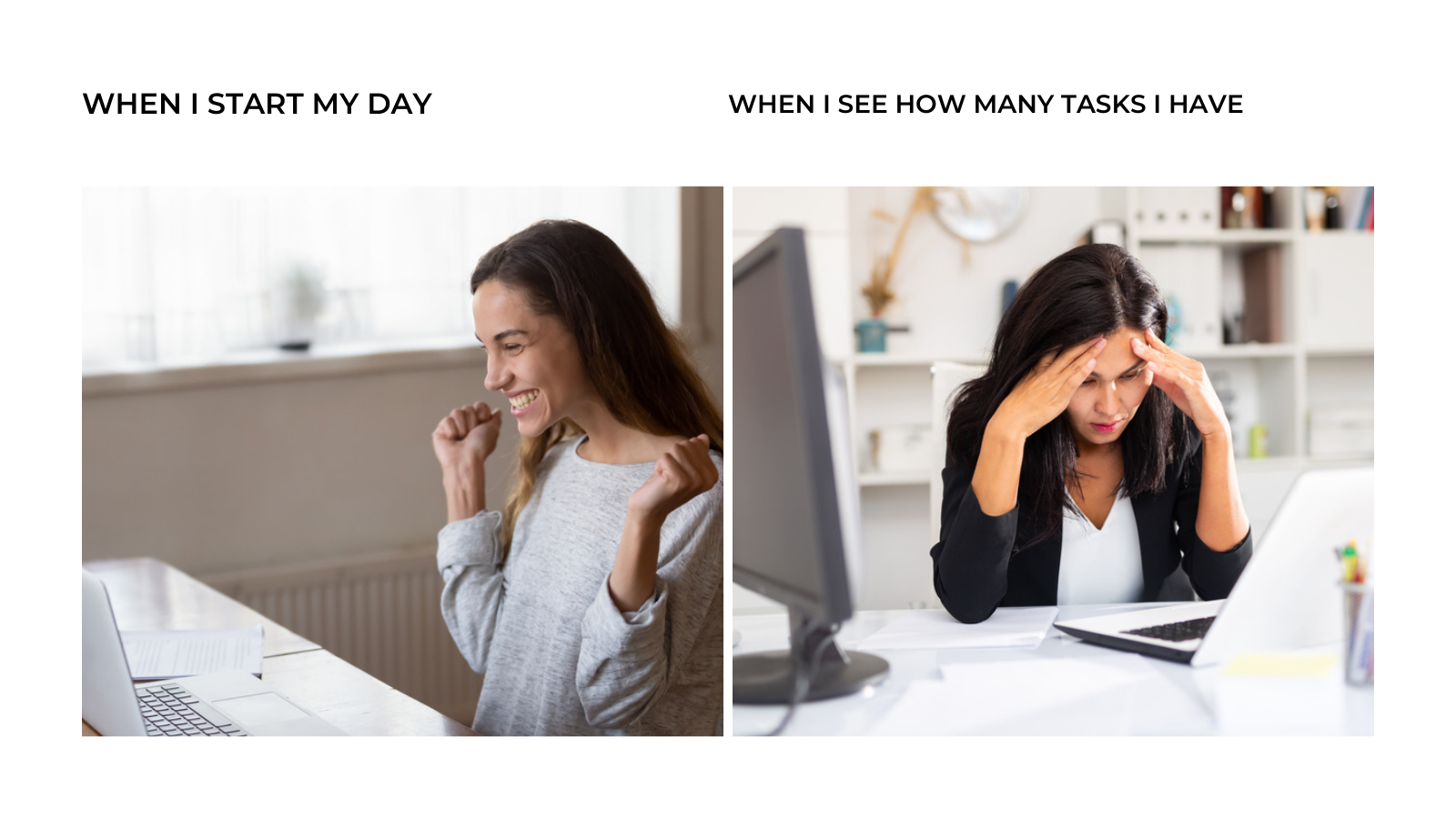
The Backstory
In the pursuit of project completion and tackling multiple tasks, knowledge workers increasingly run the risk of overscheduling and digressing from the set work agenda.
How to deal with unstructured work
Discover your peak cycles of productivity. When working over demanding tasks, schedule them for peak activity times. You can apply activity tracking for a better understanding of your peak productivity.
Plan. Since our minds are altering greatly with the external forces and changing circumstances, the solution to NOT losing track is to have a plan.
The magic of planning is a promise of realization that is contained in the plan itself. Plans prevent the temptation of default responses.
Thus, the better you plan the higher the chance of achieving the goals you set in the process. But what does it mean 'to plan better'?
Planning better implies simple steps:
- breaking down the project into stages
- bringing structure into recurring tasks (by evaluation of performance time and automation where it is possible)
- analysis upon completion for identifying the strengths and weaknesses of the initial plan.
Applying ambient Sounds. According to Effectiviology,
Overall, research shows that listening to music and background noise can offer various benefits, including improved cognitive performance, improved task performance, improved concentration, increased energy levels, and improved mood.
If you are a mute button challenged, you may need to address the issue of feeling distracted. How? Reverse distractions by... inviting them. You probably say; "Wait, what?"
Aside from top-notch generators like Asmrion and Vitrocean, we are currently into the idea of controlled distractions offered by the app The Sound of Colleagues.
On the dashboard, you can choose what distracting sounds you are ready to tolerate and choose how loud you want them to be.
There are telephone tones, dogs, printers, coffee machines, and other sounds typical of pre-pandemic offices.
The beauty of the app is quenching your nostalgia for old office times (if you had one) and the option to turn down the volume of any undesirable sound to the minimum.
Implementing Time Tracking. Coping with increasing distractions requires solutions that would target the causes of distractions with precision and instant results. One of such solutions is applying time tracking systems like TMetric.
Aside from monitoring your productivity and bringing accurate calculations for each task you performed, it will deliver a detailed overview of time consumption for a better way of managing screen habits and highlighting areas for improvement in building a balanced life.

